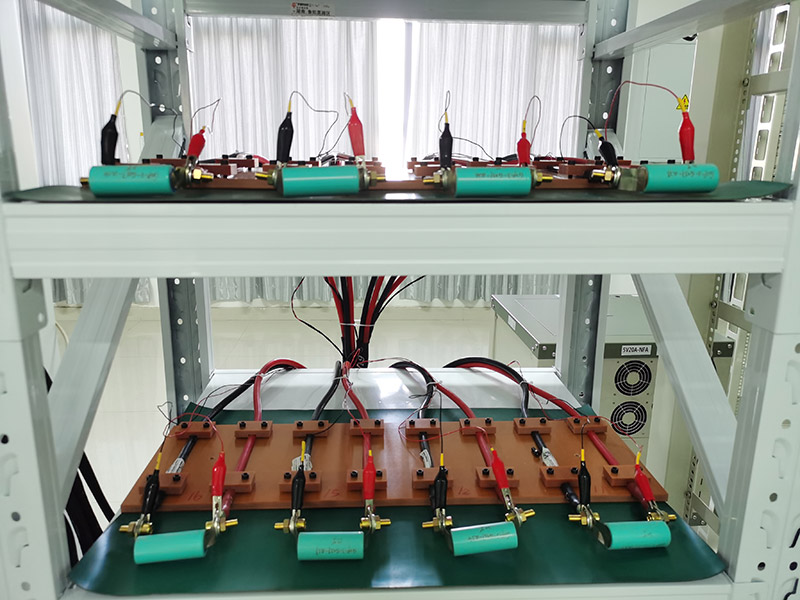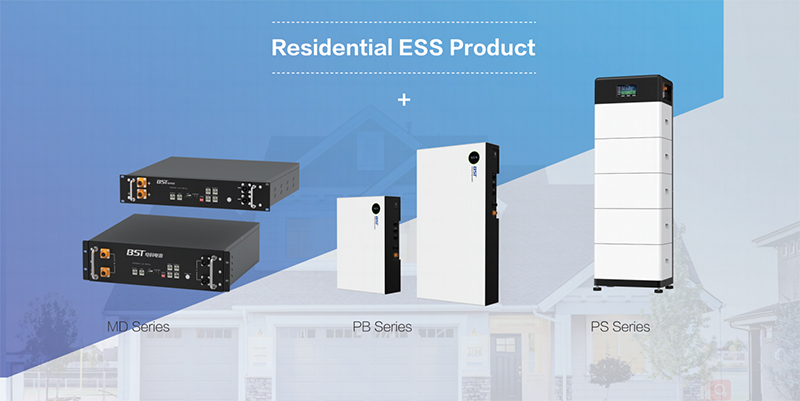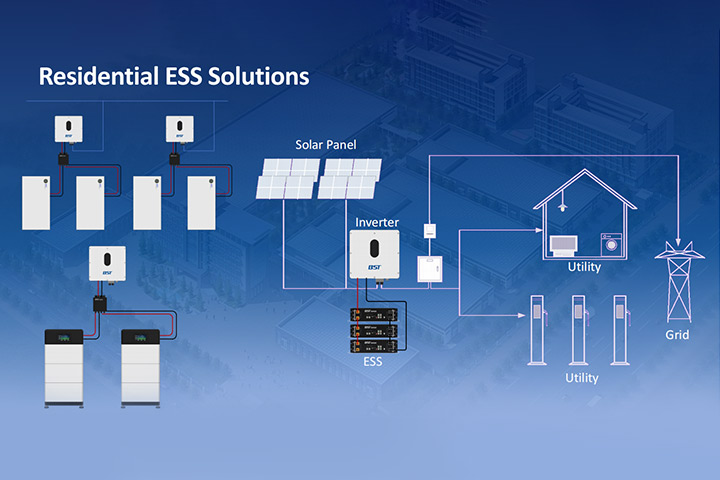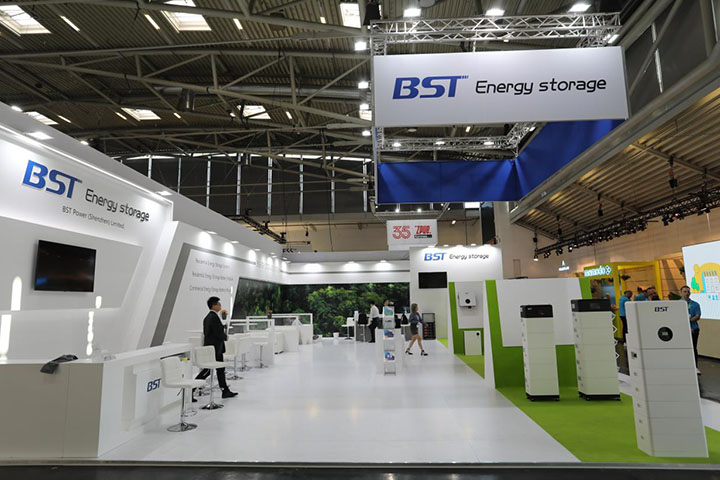Lithium battery safety has become a top concern as energy storage systems, electric vehicles, and portable power stations become more popular. Among all lithium battery chemistries, LiFePO4 (Lithium Iron Phosphate) stands out for its exceptional safety, stability, and long life. But are LiFePO4 batteries truly safe for home, industrial, or off-grid use?

In this article, we’ll discuss the science, real-world performance, and frequently asked questions about LiFePO4 batteries so you can decide if they’re the right choice for your application.
What Is a LiFePO4 Battery?
LiFePO4 (Lithium Iron Phosphate) is a type of lithium-ion battery that uses iron phosphate as the cathode material. Unlike more common lithium batteries like LiCoO₂ (Lithium Cobalt Oxide) or NMC (Nickel Manganese Cobalt Oxide), LiFePO4 offers a high level of thermal and chemical stability, making it one of the safest battery types available.
Key Safety Features of LiFePO4 Batteries
1. Excellent Thermal Stability
LiFePO4 batteries remain stable at high temperatures. Their decomposition temperature is around 170°C (338°F), compared to about 80°C (176°F) for NMC or LCO batteries. This means they are far less likely to overheat or catch fire, even in extreme conditions.
2. Advanced Battery Management Systems (BMS)
Modern LiFePO4 batteries come with a built-in BMS that constantly monitors voltage, current, and temperature. This system automatically shuts down the battery in cases of overcharging, over-discharging, or short-circuiting.
3. Strong Short Circuit Resistance
LiFePO4 batteries are engineered to handle internal or external short circuits with minimal risk. Their chemistry limits the rate of thermal runaway, reducing the chance of fire or explosion.
4. Non-Toxic and Environmentally Friendly
Unlike other lithium batteries that use cobalt, LiFePO4 is non-toxic and recyclable. It does not pose long-term environmental risks and is safer to dispose of.
LiFePO4 vs Other Lithium Batteries: Safety Comparison
| Feature | LiFePO4 | NMC / LCO / NCA |
|---|---|---|
| Thermal Stability | High (up to 170°C) | Moderate (up to 80°C) |
| Fire/Explosion Risk | Very Low | Higher |
| Toxicity | Non-toxic | Contains toxic metals |
| Cycle Life | 4000–6000 cycles | 1000–2000 cycles |
| Energy Density | Moderate (~140 Wh/kg) | High (~200–250 Wh/kg) |
| Environmental Impact | Eco-friendly | Less sustainable |
While LiFePO4 batteries offer slightly lower energy density, they are far superior in terms of safety, durability, and environmental friendliness, making them the top choice for residential energy storage, RVs, marine, and solar applications.
Real-World Safety Performance
LiFePO4 batteries have a proven track record in electric buses, solar systems, and residential storage. Even under accident conditions, they rarely catch fire. For instance, in a reported public transport accident, electric buses using LiFePO4 batteries did not ignite, thanks to their stable chemistry.
Although some large-scale energy projects have seen fires, investigations revealed that these were typically caused by poor system management or improper installation, not the battery chemistry itself.
How to Use LiFePO4 Batteries Safely
To maximize the safety and lifespan of LiFePO4 batteries, follow these tips:
- ✅ Use a compatible LiFePO4 charger
- ✅ Keep batteries within recommended temperature ranges
- ✅ Avoid overcharging and deep discharging
- ✅ Inspect regularly for swelling or damage
- ✅ Follow manufacturer’s usage and storage instructions
Frequently Asked Questions (FAQ)
1. Is LiFePO4 battery safe?
Yes. LiFePO4 batteries are among the safest lithium types due to their chemical stability and built-in battery protection systems.
2. How long do LiFePO4 batteries last?
LiFePO4 batteries can last 10+ years with 4000–6000 full charge-discharge cycles.
3. Can LiFePO4 batteries operate in hot or cold environments?
Yes. They operate from -20°C to 60°C, but cold weather may reduce performance, and high heat may reduce lifespan.
4. Can LiFePO4 batteries catch fire or explode?
It’s extremely rare. LiFePO4 batteries have a very low risk of thermal runaway compared to other lithium chemistries.
5. Are LiFePO4 batteries environmentally friendly?
Yes. They are non-toxic, cobalt-free, and recyclable, making them safer for the environment.
6. Are LiFePO4 batteries suitable for home energy storage?
Absolutely. They are widely used in solar power systems, off-grid cabins, and residential ESS due to their reliability and safety.
7. How does LiFePO4 compare to other lithium types like NMC?
LiFePO4 is safer, longer-lasting, and more stable but has slightly lower energy density than NMC or LCO.
8. Do LiFePO4 batteries require maintenance?
Minimal maintenance is required. Just avoid overcharging, deep discharging, and extreme conditions.
9. Can I use a regular lithium charger for LiFePO4?
No. Use a LiFePO4-specific charger to ensure safe charging and optimal battery health.
10. Can I connect LiFePO4 batteries in series or parallel?
Yes, but ensure voltage and capacity are balanced, and use proper protection circuits or BMS for safety.
Conclusion
LiFePO4 batteries are not only safe — they are among the safest energy storage technologies available today. Their outstanding thermal stability, low risk of fire, eco-friendly materials, and long lifespan make them ideal for solar storage, RVs, marine, electric vehicles, and industrial use.
If you’re looking for a dependable, long-lasting, and worry-free battery solution, LiFePO4 is the chemistry of choice.



